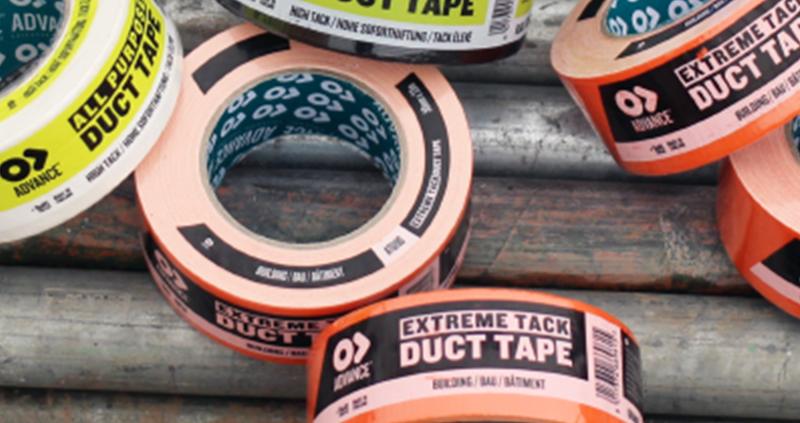What is duct tape?
- AT132 – All Purpose Duct Tape
Tape is an essential tool in many projects and is now part of our daily life. There are so many options to choose from! (Trust us, we’re surrounded by them right now.) There are several kind of tapes made from different materials and used in a number of applications that go far beyond simply mounting or sticking.
Are Steroids Worth the Risk? (for Teens) – Nemours KidsHealth tren-ace swine flu vaccine injury settlements reveal health authorities & big pharma are partners in crime – the highwire
Take duct tape, for example. It’s one of the most popular and versatile types of tape, thanks to its useful combination of properties: water resistant, strong, easy to tear, flexible… It is very useful for quick repairs, to protect components and for all uses requiring an extremely strong adhesive tape. How did we ever manage without it?
But how was the duct tape invented?
This iconic tape was invented in the early 1940s from the brilliant idea of Vesta Stoudt.
At the time, the US military used paper tape to seal their ammunition cartridges. They often had to be opened quickly to reload during battle, but were regularly not strong enough for this application. The paper tabs tended to rip off, making the tape difficult to remove and slowing the troops down during crucial moments.
An inspector at a rifle cartridge factory named Vesta Stoudt identified this problem and suggested an alternative solution: a stronger, polyethylene-coated cloth tape that could be easily torn by hand but was more resistant to water and accidental damage.
She suggested it to her supervisors but didn’t find the support she was looking for. So she decided to directly send a letter to President Franklin D. Roosevelt outlining the problem and her solution, effectively inventing the modern duct tape.
“Duck tape” or “duct tape”?
How the name originated is less clear, and there are a few conflicting stories. One theory is that “Duck Tape” was the original term, relating to the way the tape repels water in a similar way to the feathers of a duck. This might have later turned into “duct tape” because sealing heating ducts became one of many popular uses for it. Either way, if it looks, walks and quacks like a duck, it probably isn’t a roll of tape!
What is it made of?
Duct tape today remains very similar (and just as useful). It’s made up of the same basic components: a cotton mesh which gives it tensile strength and a clean tear; a polyethylene or similar plastic coating to protect it from liquid and other damage; and a pressure-sensitive adhesive to ensure a strong bond with a range of surfaces.
What are the main applications?
Over the decades since the Second World War, duct tape has become extremely popular among many different professionals. It’s often used by contractors in the construction industry for things like sealing gaps, making minor repairs, protecting surfaces from abrasion and so on. It has many similar applications in the wider industrial sector, too.
Unsurprisingly, at Advance Tapes, duct tape remains a one of our most popular products because of its versatility and how easy it is to use. AT132, our All Purpose High Tack Duct Tape, is a fantastic example. It’s ideal for use either indoors or outdoors, quickly forming a strong bond with almost any surface. AT6190, Extreme Tack Duct Tape, is an even more rugged alternative, specifically designed for high performance on construction sites and for other applications where surfaces might be dirty or uneven, such as brick, concrete, render or plaster.
Here to help
If you’re not sure which of our duct tapes is right for the job, why not ask the experts? Our team are happy to advise you, with up-to-date knowledge about the ideal applications for each of our products to help you make the right choice.
For more information about our duct tapes, please contact us on + 44 (0) 116 251 0191 or send us an email sales@advancetapes.com










Comments are closed.